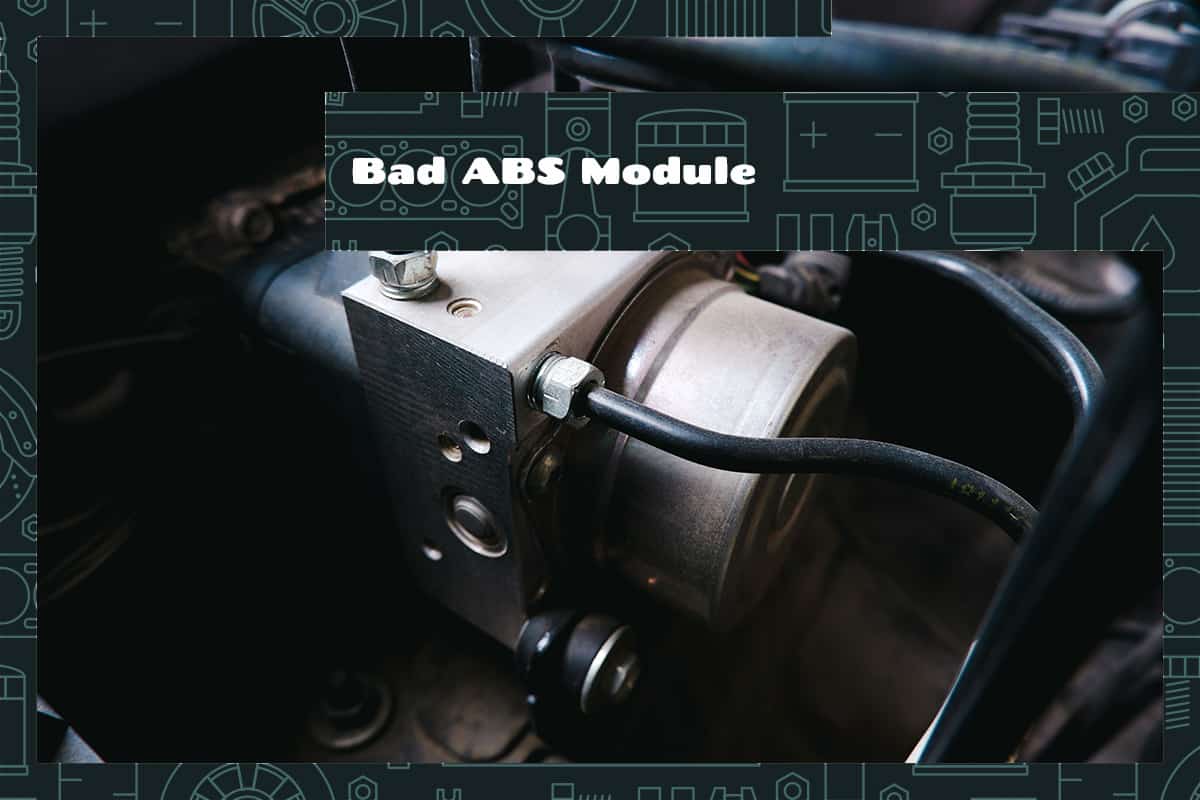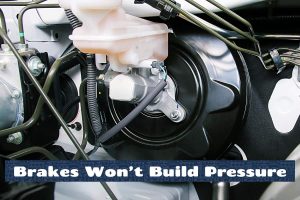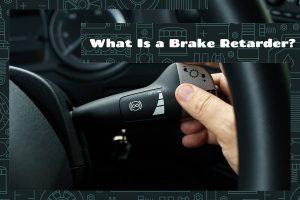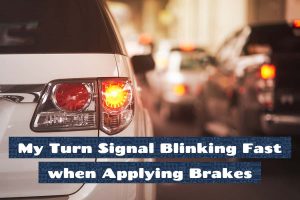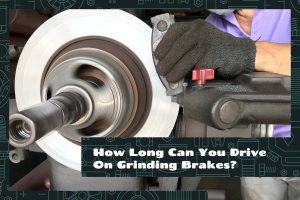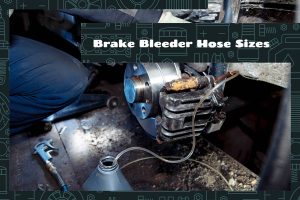The ABS (Anti-lock Braking System) module prevents the wheels from locking up or skidding when you apply the brakes, especially on slippery roads. This magic box, the ABS module, communicates with the car’s computer, telling it how and when to control the brakes to ensure safe stopping. But sometimes, this module can start having problems and affect your car’s braking efficiency.
Common symptoms of a bad ABS module include:
- Brakes behaving unusually
- ABS light illuminating on the dashboard
- Reduced brake efficiency
- Longer stopping distances
In this article, we’ll dive deep into the ABS module, its importance, the signs of a failing module, and how to deal with these problems.
Breakdown of an ABS Module
The ABS module is a kind of mini-computer responsible for managing the ABS in your car. Located in the engine compartment, this device takes in data from sensors located on your wheels, processes it, and then controls the hydraulic valves in the braking system. By doing so, it allows the wheels to keep rotating under hard braking, preventing uncontrolled skidding or wheel lock-up.
The ABS module is composed of several key components: the Electronic Control Unit (ECU), hydraulic valves, wheel speed sensors, and a pump.
- Electronic Control Unit (ECU): This is essentially the “brain” of the ABS. It collects data from the wheel speed sensors and decides whether to activate the ABS.
- Wheel speed sensors: These are located at each wheel. They monitor the rotational speed of each wheel and send this data to the ECU.
- Hydraulic valves: These valves, controlled by the ECU, regulate the brake fluid pressure to each wheel’s brakes. If a wheel is about to lock up, the valve for that wheel is manipulated to reduce the pressure, allowing the wheel to continue rotating.
- Pump: After the hydraulic valve reduces the brake pressure, the pump works to restore the pressure so that you maintain control over the brakes.
Common Symptoms of a Failing ABS Module

If the ABS module isn’t working properly, it can exhibit a number of symptoms that we need to watch out for. Let’s discuss some of these warning signs.
1. Unusual brake behavior
This can be felt when you’re driving and trying to brake. If the ABS module is faulty, you might feel a pulsing in the brake pedal. This sensation is a result of the ABS system rapidly activating and deactivating, something it normally does only when you’re trying to brake hard on a slippery surface.
2. ABS light illuminating on the dashboard
This light is connected to the ABS module’s self-diagnostic system. When the module identifies a problem within the ABS, it turns on this light. This ABS light is a signal that your braking system needs attention.
3. Reduced brake efficiency
The ABS module plays a key role in ensuring your brakes work effectively. If it’s failing, one of the signs can be reduced brake efficiency. This means that your brakes might not respond as quickly as they should when you press the brake pedal.
4. Increased stopping distances
A well-functioning ABS system helps you stop your car in the shortest distance possible, especially in emergencies. However, if the ABS module is not working as it should, it might take longer for your car to come to a complete stop.
Reasons Behind a Bad ABS Module
Every machine wears out over time, and the ABS module in your car is no different. But what exactly causes an ABS module to go bad? This section will cover the most common reasons why an ABS module might start misbehaving.
1. Wear and tear
Parts of the ABS module can also wear down over time. This is especially true for the mechanical parts like the pump and the hydraulic valves, which have to do a lot of work every time you brake.
2. Electrical problems
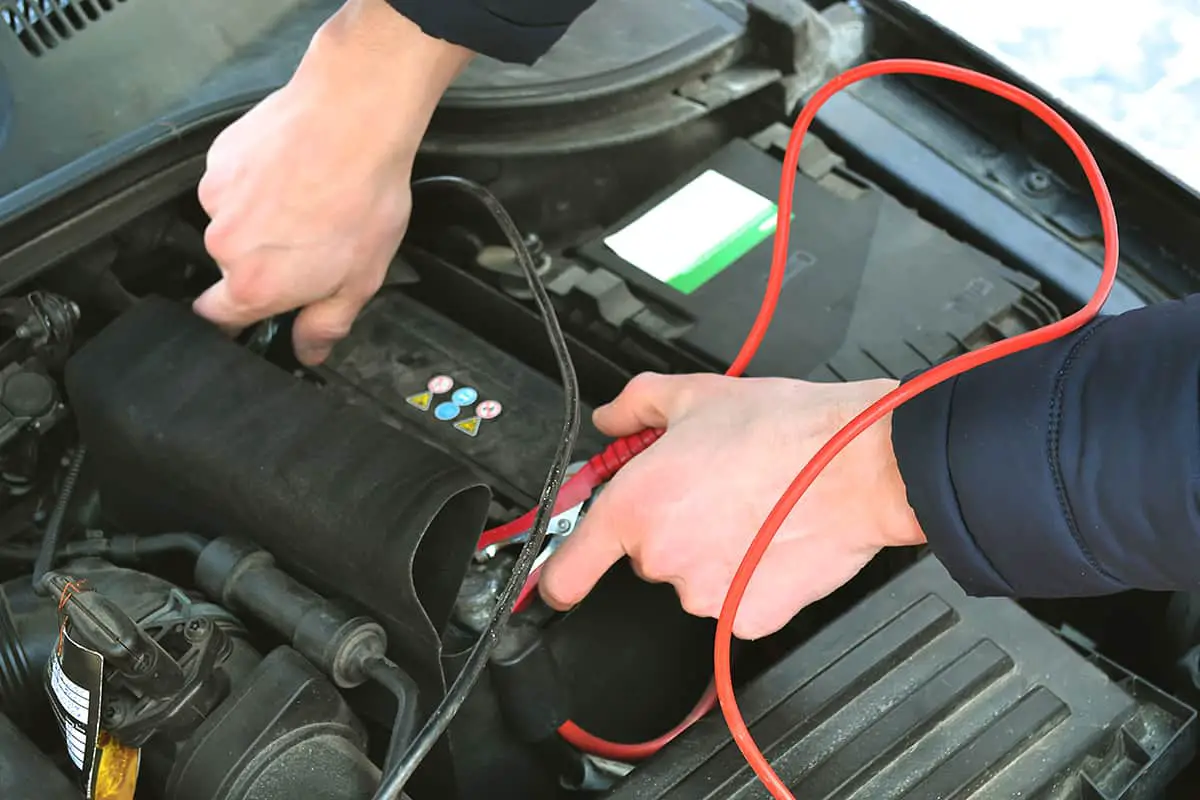
The ABS module is essentially a computer, and like any computer, it can have electrical issues. These can be caused by faulty wiring, a short circuit, or even a surge of electricity. Such problems can cause the ABS module to get incorrect information from the wheel speed sensors.
3. Damaged wheel speed sensors
The wheel speed sensors tell the ABS module how fast each wheel is rotating. If these speed sensors get damaged, for example, due to dirt or debris from the road, they can give incorrect information to the ABS module.
4. Exposure to excessive moisture and heat

Both the ABS module and the wheel speed sensors are located in places where they can be exposed to a lot of heat and moisture, such as from the engine or from driving through water. This exposure can damage these components.
Repair Vs. Replacement
So, you’ve noticed some of the signs of a failing ABS module, and you’re wondering what to do next. The key question is: should you get the ABS module repaired, or is it time for a replacement? This section will help you make that decision.
The repair process
In the case of the ABS module, this could involve fixing faulty wiring, replacing worn-out parts, or cleaning dirty wheel speed sensors.
The advantages of repair include:
- Cheaper
- Faster to complete
However, there are also downsides:
- Temporary solution
- Recurring issues
The replacement process
Replacing an ABS module means removing the old one and installing a brand new module. It’s like getting a new toy when the old one is too broken to play with.
The advantages of replacement include:
- Long-term solution
- Complete fix
But, there are also cons:
- Cost (parts, labor, additional expenses)
- Complex installation process
Step-by-step Guide to Replace a Bad ABS Module
Replacing an ABS module may seem like a big job, but it can be broken down into simple steps.
1. Gather the necessary tools
Before you start any job, you need to make sure you have all the right tools. For this task, you’ll need:
- A new ABS module
- A wrench set
- A socket set
- A car jack and stands
- Safety gloves and goggles
2. Locate the ABS module
In most cars, the ABS module is located in the engine compartment. It’s usually a silver or black box with many wires connected to it. If you’re not sure where to find it, check your car’s manual or search online for your specific car model.
3. Disconnect the battery
Before you start working on any electrical parts of a car, always disconnect the battery first. This is a safety measure to prevent electric shocks. Simply use a wrench to remove the negative battery terminal.
4. Remove the old ABS module
First, you’ll need to disconnect the wiring harness from the ABS module. Next, use your socket set to remove the bolts holding the ABS module in place. Once the bolts are removed, you can lift out the old ABS module.
5. Install the new ABS module
Now it’s time to put the new ABS module in place. Line it up with the bolt holes and tighten the bolts using your socket set. Once the module is secure, reconnect the wiring harness.
6. Reconnect the battery and test the new module
After the new ABS module is installed, reconnect the battery. Start your car and check the ABS light on your dashboard. It should turn off after a few seconds. If it stays on, it means there’s a problem and you should seek professional help.
7. Test drive
Finally, take your car for a test drive to ensure the new ABS module is working correctly. Pay attention to how the brakes feel and whether the ABS light comes on.
